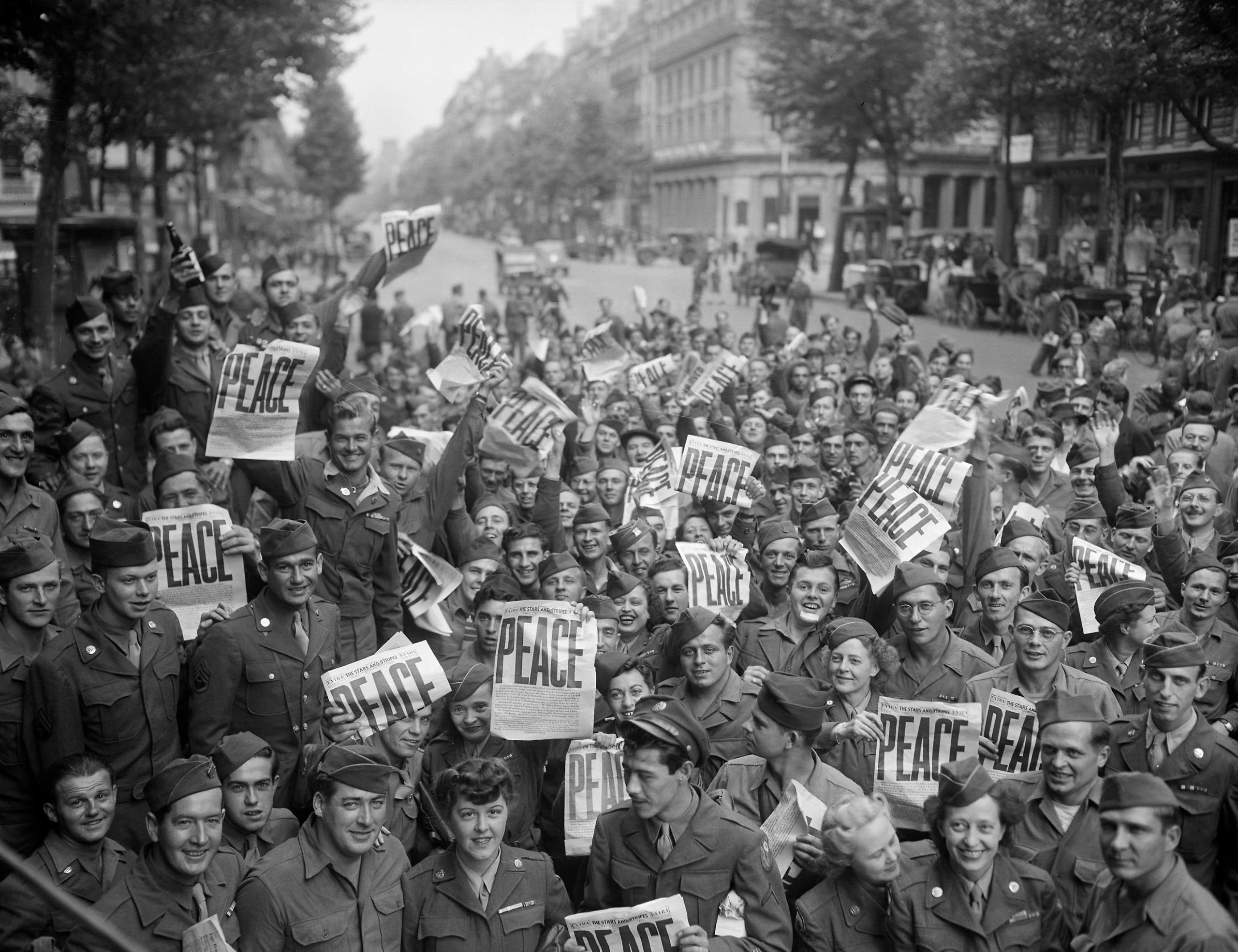1 August 1957
Canada and the United States form the North American Aerospace Defence Command (Norad) to integrate air defences.
2 August 1990
Iraq invades Kuwait. Canada contributed 4,500 military personnel to the 1991 Gulf War.
3 August 1981
Egypt and Israel sign a peace treaty, the Sinai is returned to Egypt and a multinational force begins peacekeeping.
4 August 1943
Flying Officer A.A. Bishop of 423 Squadron, RCAF sinks U-489. His aircraft is downed during the attack, losing five crew members.
5 August 2010
Captain William Todd Fielding lands a Chinook helicopter struck by enemy fire in Afghanistan, then leads the evacuation of the burning aircraft. He is awarded the Medal of Military Valour.
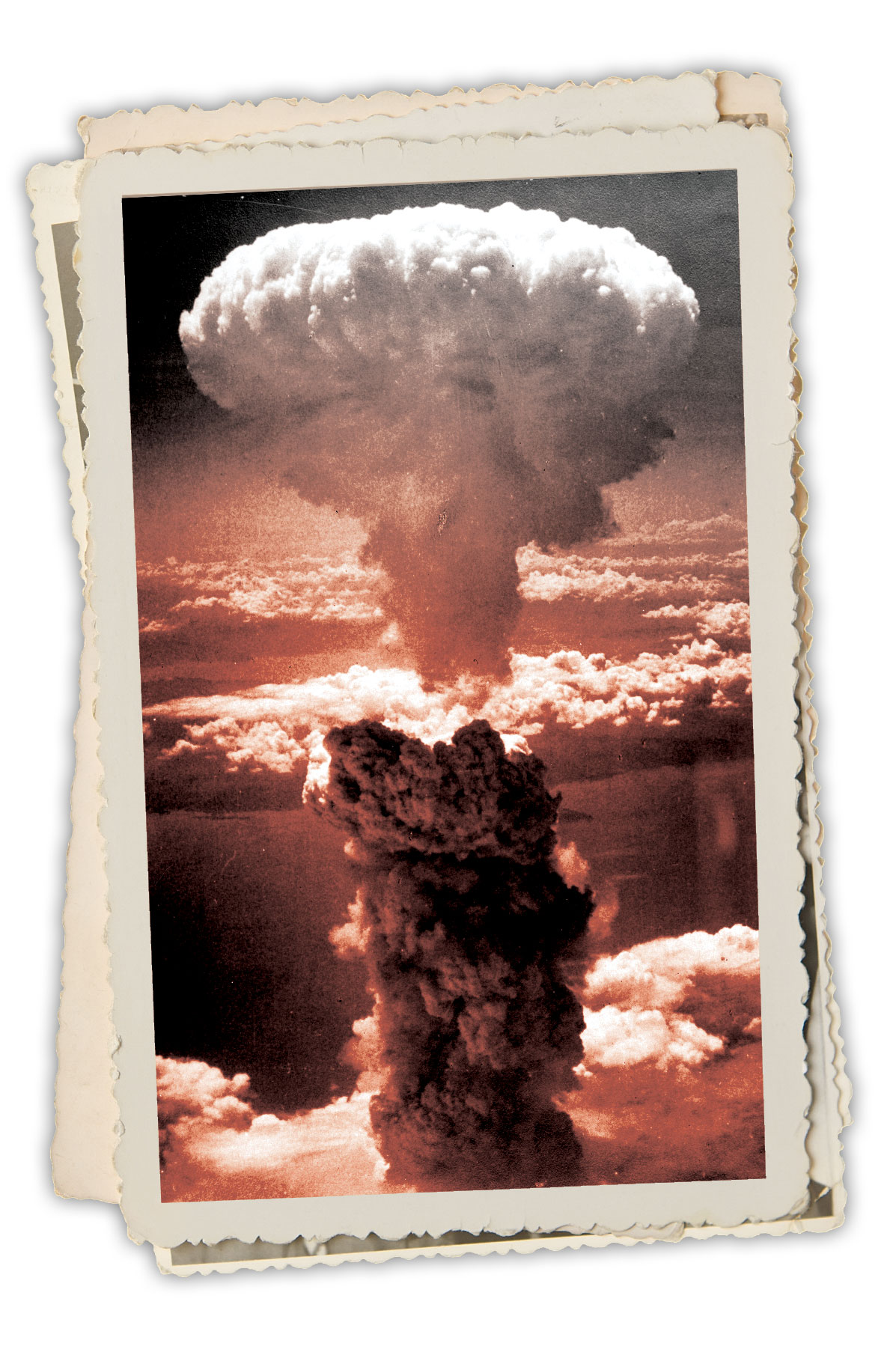
August 6, 1945
The first atomic bomb is dropped on the Japanese industrial city of Hiroshima.
7 August 1950
The government approves the Canadian Army Special Force to raise troops for the Korean War.
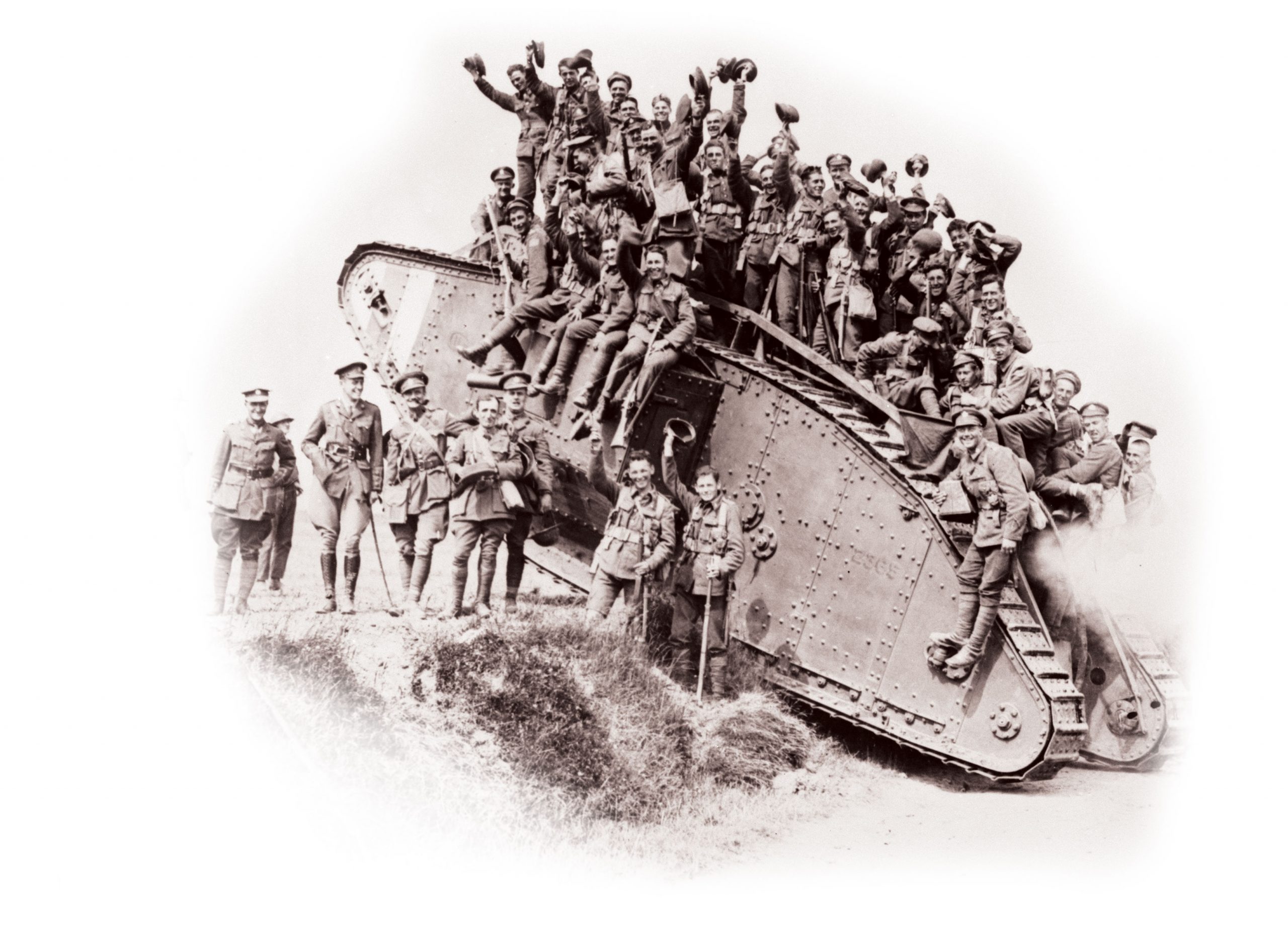
8 August 1918
Hundred Days Offensive of the First World War begins with a major attack east of Amiens, France.
9 August 1974
Nine Canadians die when a CF Buffalo aircraft attached to the UN Emergency Force Middle East is shot down by Syrian missiles.
10 August 1930
British airship R-100, which had completed a transatlantic flight, leaves Montreal bound for Ottawa and southern Ontario.
11 August 2003
NATO assumes leadership of the International Security Assistance Force in Afghanistan, its first mission beyond the Euro-Atlantic area.
12 August 1917
HMCS Shearwater and submarines CC-1 and CC-2 are the first Canadian warships to pass through the Panama Canal.
13 August 1941
The Canadian Women’s Army Corps is established.
14 August 1945
Japan unconditionally surrenders to the Allies. The Second World War is over.
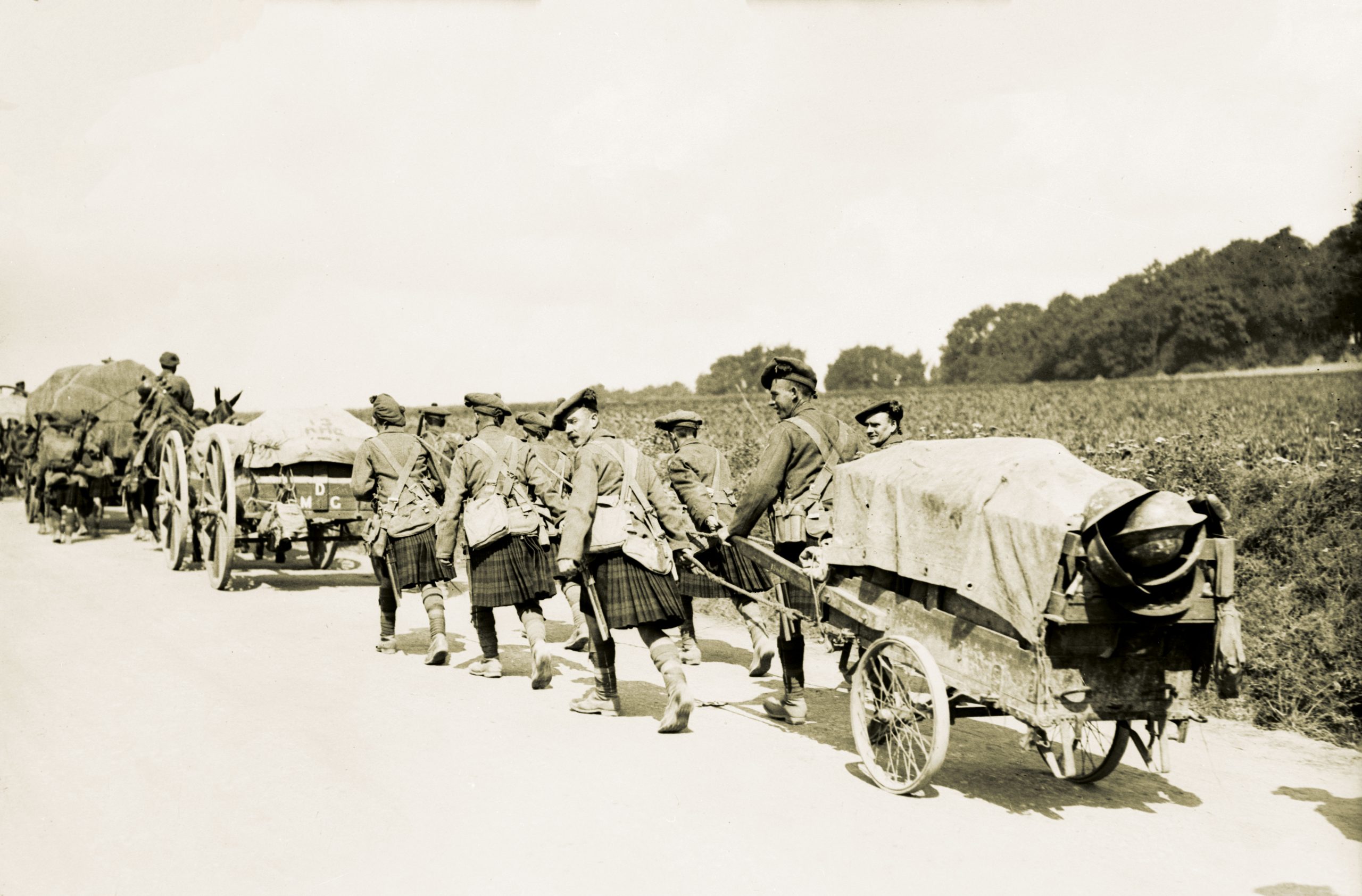
15-18 August 1917
Several Canadian battalions attack and capture Hill 70, a strategic position overlooking Lens, France (see page TK).
16 August 1812
The Americans surrender Detroit and Michigan to forces led by Major-General Isaac Brock.
17 August 1943
Prime Minister Mackenzie King hosts a conference between U.S. president Franklin Roosevelt and British prime minister Winston Churchill in Quebec City (see page 96).
18 August 1940
Prime Minister Mackenzie King and U.S. President Franklin Roosevelt announce the Permanent Joint Board on Defence (see page TK).
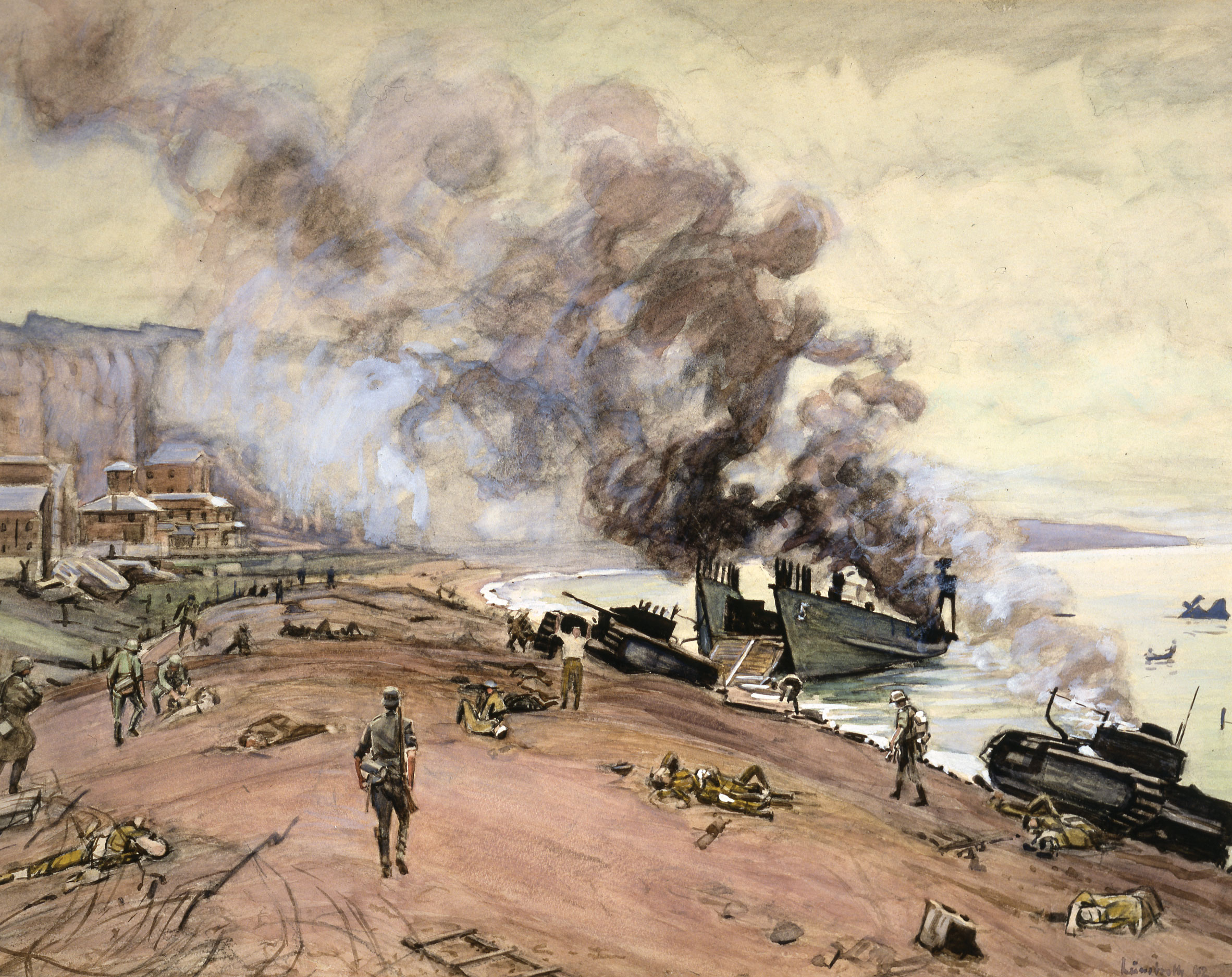
19 August 1942
Some 6,000 Allied troops, including 5,000 Canadians, raid the port of Dieppe, France. The Germans are prepared for the attack and the raid is a complete failure, resulting in 1,946 Canadians taken prisoner and 907 killed.
20 August 1944
HMC ships Kootenay, Chaudière and Ottawa sink U-984 west of Brest, France.
21-22 August 1944
HMCS Alberni is sunk by a German U-boat in the English Channel. Three officers and 28 men are rescued; 59 perish.
22-23 August 2007
Warrant Officer Todd Hopkin leads the recapture of a vital position in Afghanistan and is awarded the Medal of Military Valour.
23 August 1903
Departing Halifax aboard SS Neptune, explorer Albert P. Low of the Geological Survey of Canada leads a two-year expedition to map Arctic islands.
24 August 1926
The Nursing Sisters’ Memorial is unveiled in the Hall of Honour in the Parliament Buildings.
25 August 1941
Canadian and Allied forces destroy German stores of coal, fuel and grease on Spitsbergen Island off the northern coast of Norway.

26 August 1918
Lieutenant Charles Rutherford captures 45 enemy soldiers and three machine-guns by persuading them they are surrounded during the Battle of the Scarpe. He receives a Victoria Cross.
27 August 1939
The subterranean Cabinet War Rooms begin operation in London.
28 August 1992
Canada announces 750 troops to aid with United Nations Operation in Somalia I.
29 August 1917
Conscription becomes law with passage of the Military Service Act.
30 August 1945
HMCS Prince Robert sails into Kowloon, Hong Kong, to liberate Canadian prisoners of war.
31 August 1946
The Women’s Royal Canadian Naval Service is disbanded.
Advertisement







